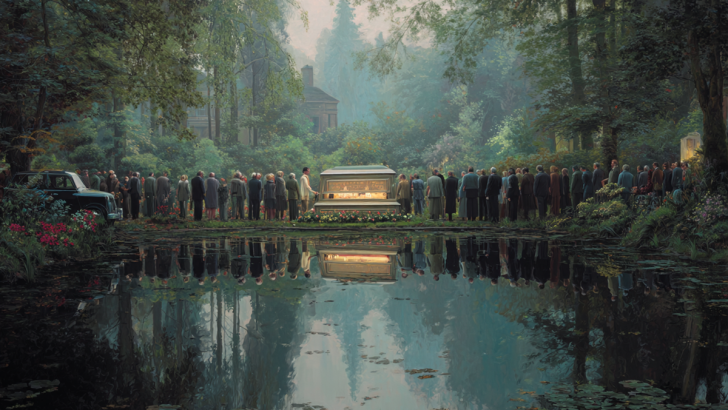Funerals have been part of human culture for thousands of years, and many of the traditions we follow today actually come from ancient times.
From wearing black clothes to holding wakes, these rituals connect us to our ancestors and help us honor those who have passed away.
Understanding where these customs come from can make modern funerals feel more meaningful and show us how people across different cultures have always found special ways to say goodbye.
Wearing Black Attire
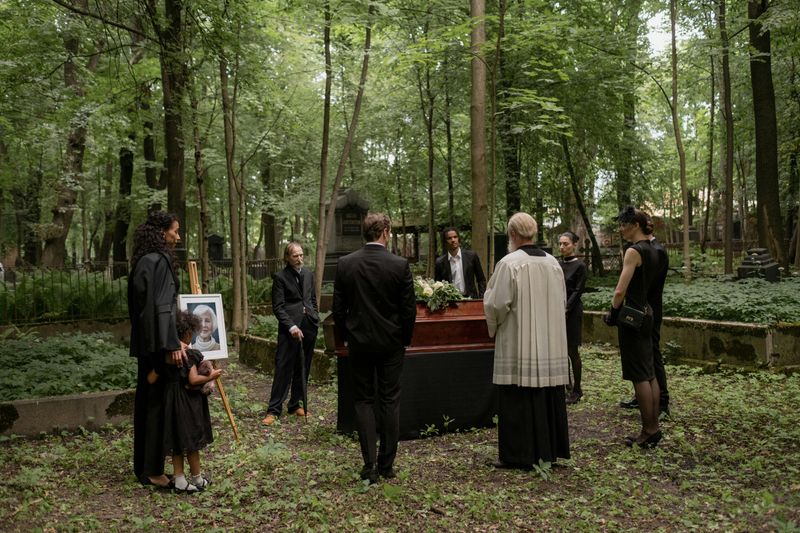
Ancient Romans started this tradition by wearing dark togas called toga pulla when someone died. Back then, the color showed everyone that you were grieving and needed respect from your community.
Today, wearing black to funerals remains one of the most recognized mourning customs worldwide. The dark color represents sadness, respect, and the seriousness of death.
While some cultures now allow different colors, black clothing still dominates most Western funerals. This simple act connects modern mourners to thousands of years of human history and shared grief across generations.
Funeral Processions

Egyptians, Greeks, and Romans all led the deceased through their communities in grand processions. These journeys symbolized the person’s final trip and allowed everyone to pay their respects publicly.
Walking or driving behind the hearse creates a powerful visual statement about loss and community support. The procession shows that the person mattered and that their passing affects many lives.
Modern funeral processions might use cars instead of walking, but the meaning stays the same. Streets often stop for these processions, showing continued respect for this age-old tradition that honors both the dead and their loved ones.
Eulogies and Tributes
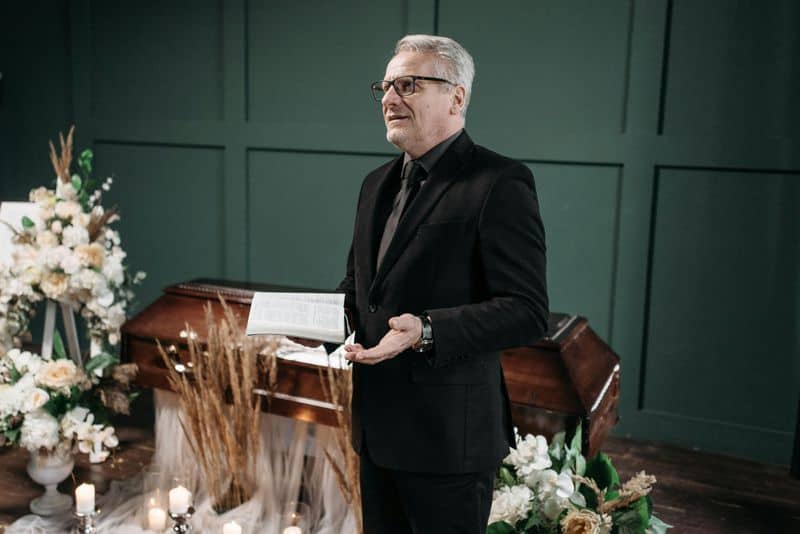
The word eulogy comes from Greek, meaning good words, and ancient Greeks and Romans celebrated their dead through speeches. These talks highlighted the person’s achievements, character, and impact on others.
Speaking about someone who died helps keep their memory alive and brings comfort to grieving families. Sharing stories and memories turns sadness into celebration of a life well-lived.
Whether delivered by family members, friends, or religious leaders, eulogies remain central to modern funerals. This tradition proves that honoring someone through words has always been a powerful way to process loss and remember what made them special.
Wakes and Vigils
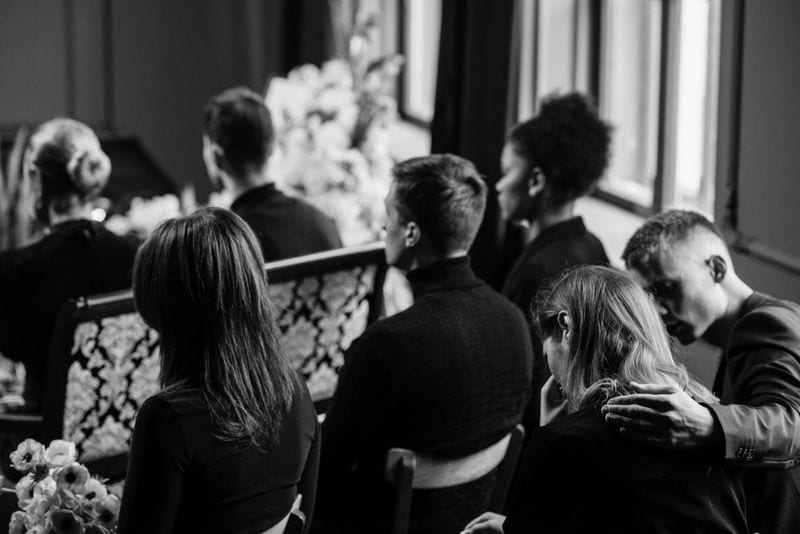
Celtic cultures and others held vigils where people stayed awake with the body all night long. They believed this protected the deceased from evil spirits and made absolutely sure the person had truly died.
Gathering before the funeral gives people time to share stories, cry together, and support each other through grief. Wakes create space for emotions that might feel too overwhelming during the formal funeral service.
Modern wakes happen in funeral homes or family houses, providing a less formal setting than church services. This ancient practice recognizes that saying goodbye takes time and that communities heal better when they grieve together.
Floral Tributes
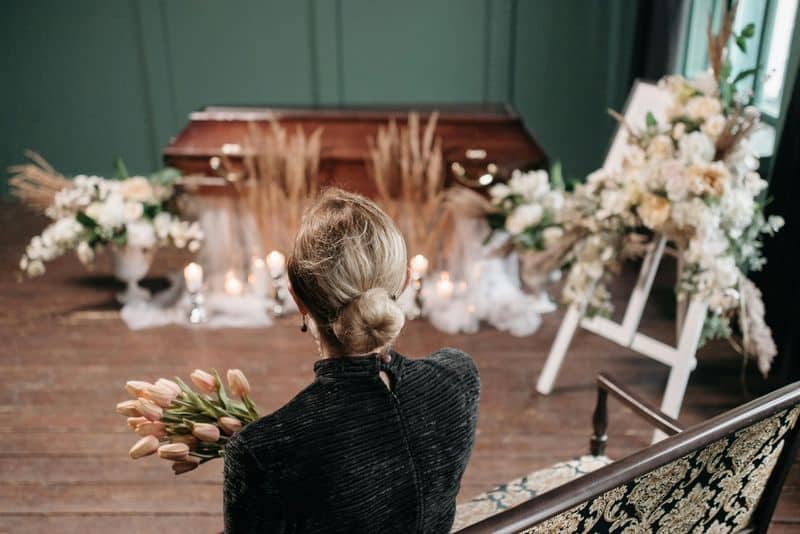
Archaeological evidence shows humans placed flowers with their dead over 60,000 years ago in places like Shanidar Cave in Iraq. These blooms represented love, beauty, and the temporary nature of life itself.
Flowers at funerals serve multiple purposes beyond just looking pretty. Their fragrance once masked unpleasant odors, while their beauty reminded mourners that life continues even after death.
Different flowers carry different meanings, from lilies representing purity to roses showing love. Whether elaborate arrangements or simple wildflowers, this prehistoric tradition continues to comfort grieving families and honor those who have passed away with natural beauty.
Post-Funeral Gatherings
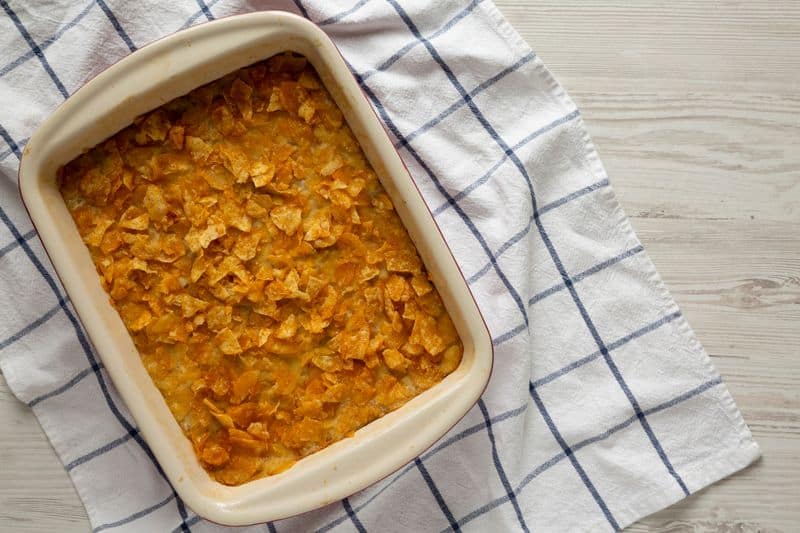
Ancient Greeks threw banquets after funerals to celebrate the deceased and bring the community together. Food has always helped people connect and find comfort during difficult times.
These gatherings, called repasts, let mourners relax after the formal ceremony and share memories in a comfortable setting. Breaking bread together creates bonds and reminds everyone that life continues.
Whether held at churches, restaurants, or family homes, post-funeral meals serve the same purpose they did thousands of years ago. Sharing food and conversation helps process grief, strengthens family ties, and ensures nobody faces their sadness alone during such a difficult day.
Embalming and Preservation

Egyptian mummification amazed the ancient world with its complexity and effectiveness at preserving bodies. They believed the physical body was essential for the journey to the afterlife and spent months preparing their dead.
Modern embalming serves different purposes, mainly allowing families time to gather and hold viewings. The process temporarily preserves the body and makes the deceased look peaceful for final goodbyes.
While not as elaborate as Egyptian methods, today’s embalming connects to those ancient beliefs about respecting and caring for the dead. This practice gives families closure and time to properly honor their loved ones before burial or cremation.
Ringing Church Bells
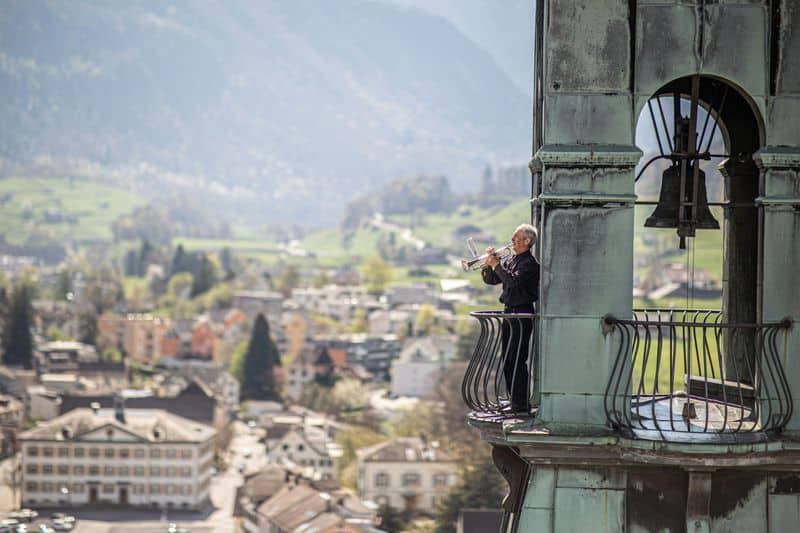
Medieval Europeans believed church bells scared away evil spirits that might harm the deceased’s soul. They would toll the bell once for each year the person lived, announcing the death to the entire community.
The deep, solemn sound of bells creates an atmosphere of reverence and marks the importance of the moment. Even people far from the church could hear and participate in mourning.
Many churches continue this tradition, though not all count out the years anymore. The ringing bells signal respect, call people to remember, and create a sonic memorial that echoes through neighborhoods just like it did centuries ago.
Leaving Personal Objects
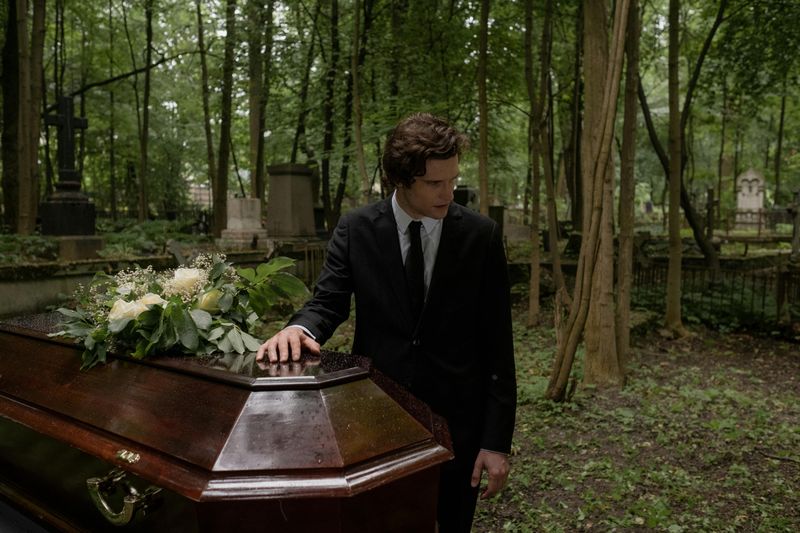
Vikings buried warriors with weapons and tools, while Egyptians filled tombs with everything from furniture to food. These grave goods were meant to help the deceased in their afterlife journey and showed what they valued most.
Families today often place photos, letters, favorite books, or cherished jewelry in caskets before burial. These items represent love, memories, and the unique personality of the person who died.
Whether it’s a child’s drawing or a wedding ring, these personal touches make funerals feel more intimate and meaningful. This ancient practice acknowledges that our belongings carry emotional weight and can comfort both the living and honor the dead.
Cremation Ceremonies
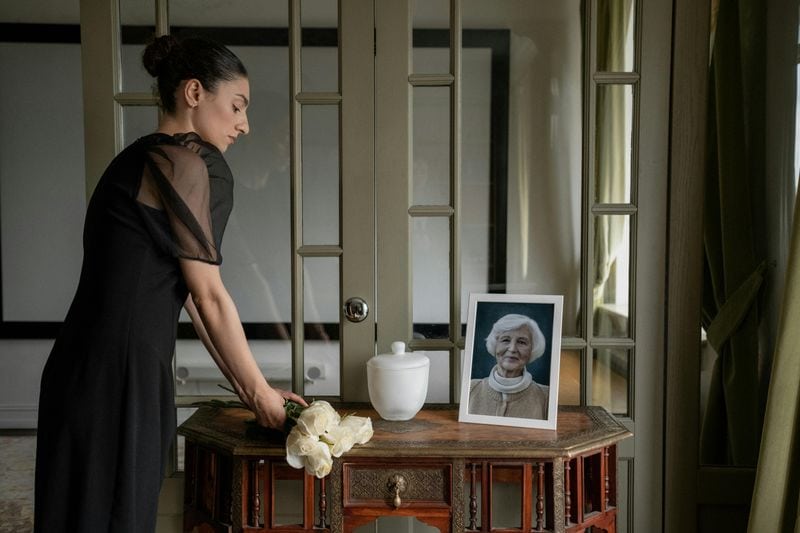
Norse and Viking cultures burned their dead on funeral pyres, believing fire purified the body and released the spirit to travel to the afterlife. Some even sent bodies out to sea on burning boats in spectacular ceremonies.
Cremation has become increasingly popular in modern times for religious, environmental, and practical reasons. The process reduces the body to ashes that families can keep, scatter, or bury in meaningful locations.
While modern cremation happens in specialized facilities rather than on open pyres, the spiritual meaning remains similar. This ancient method offers families flexibility in memorializing their loved ones while connecting to thousands of years of human funeral traditions.
Lover of good music, reading, astrology and making memories with friends and spreading positive vibes! 🎶✨I aim to inspire others to find meaning and purpose through a deeper understanding of the universe’s energies.

